The constellations that we know are patterns of stars in the sky, often shaped like animals or characters from legends. While these patterns are extremely useful for learning your way around the sky, and for use in navigation on the Earth, these constellations are the shapes that people make in the random patterns of stars in the sky.
Tag: Creative
In this activity students will explore the differences between day and night on the Earth by comparing nocturnal and diurnal animals. They will investigate how day and night occur on the Earth using a simple model, and see how people and animals living in different parts of the planet experience different times of the day.
The stars appear as dim points of light in the night sky, that vanish when the Sun rises. They are actually just like the Sun but are so far away that they appear very tiny and faint. Some stars are like the Sun, but some are smaller, some are larger, and they come in different colours. This activity allows students to explore the shapes and colours of stars.
The Moon is our nearest neighbour in the Solar System. While the Moon is shaped like a ball, that is not how we always see it in the sky. The Moon changes shape over a month. Sometimes it looks like a circle, sometimes it looks other shapes. This activity helps children recognise and name the phases of the Moon.
The Moon is a spherical rocky body, like the Earth but significantly smaller. Throughout the month the Moon changes shape, from new Moon, through the crescent phase, to a half Moon, and then full Moon, before disappearing again back to New Moon. The Moon emits no light of its own, this effect is purely down to how we see the change in illumination from the Sun as the Moon slowly orbits the Earth.
The Moon is a spherical rocky body, like the Earth but significantly smaller. Throughout the month the Moon changes shape, from new Moon, through the crescent phase, to a half Moon, and then full Moon, before disappearing again back to New Moon. The Moon emits no light of its own, this effect is purely down to how we see the change in illumination from the Sun as the Moon slowly orbits the Earth.
Evolution is the mechanism by which plants and animals (and other organisms) adapt to their environment as it slowly changes with time. It allows species to change and cope with significant changes in their surroundings, as long as the change is slow compared to the lifespan of one generation of the organism in question.
© 2025 We Share the Same Moon
Theme by Anders Norén — Up ↑





